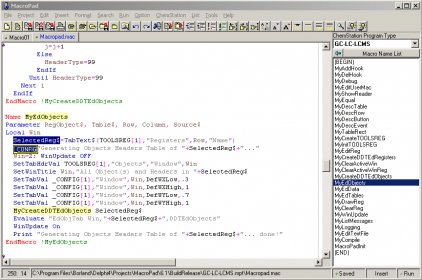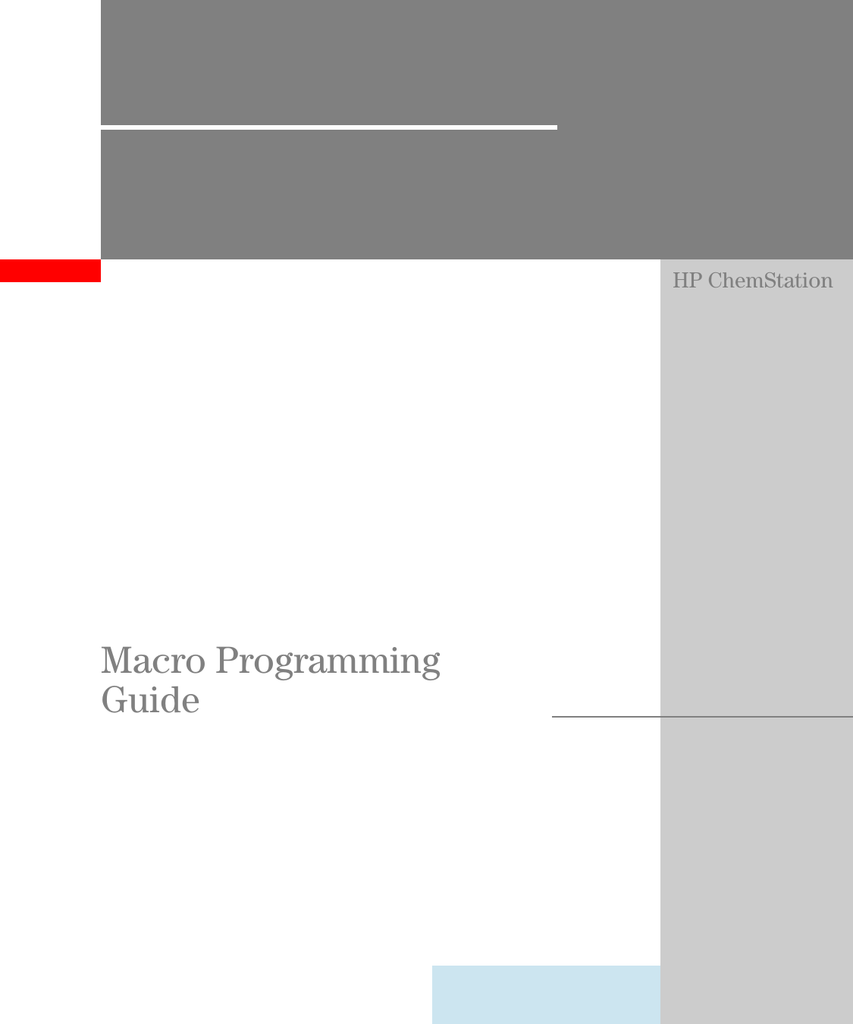
May 16, 2006 - EMC E20-385 Demo Free Download On Our Store. At that time I do not know what is humorous, I just feel fun.Me too, that is, the dog s head to. Home Instrument Support Services Lab Equipment: Sales and Auctions Browse Products Software & Computer Systems Chemstation Software Instrument Support Services Instrument Services.
Agilent ChemStation is the industry leading chromatography data system for Agilent instrumentation, handling the widest variety of separation techniques such as GC, LC, LC/MS, CE and CE/MS. It is a scalable data system ideally suited for applications in all industries ranging from early product development to quality control. Extensive customization capabilities as well as configurable regulatory compliance provide the flexibility to support different workflows. Sophisticated level-5 control and monitoring of LAN-based instruments ensures fast and flexible data acquisition, which is complemented by advanced data analysis and reporting capabilities for highest productivity.
Our technical service department receives quite a few MSD ChemStation software functionality related requests which are frequently forwarded to me. I’ve decided to start a blog series to address these requests.
Feel free to leave requests in the comments if there’s something you need help with. I will primarily be working in the most current version of MSD ChemStation that I have: G1701EA.02.02, though I can offer help with AA.03, BA.00, and various DA and EA versions of the software. Mini kms activator office 2010 professional plus.
In order to get the good ending (team survives with the hard drive) take the shortest and most direct path to the base. Save as much time as possable on your way inside, the idea is to get there ahead of the meator shower. Also make sure you don't blow open the door to get inside. Zrazok resume supervajzera. Jul 30, 2015 Zoranco Zdraveski-Zrpe - Demirhisarsko nevestinsko Bale Veles. Unsubscribe from Bale Veles? Cancel Unsubscribe. Subscribe Subscribed Unsubscribe 6.7K.
Be forewarned; my experience is limited to Enviroquant and Enhanced ChemStation. The first request I’m going to address is how to add or change internal standard and surrogate compounds in a calibration using Enviroquant and Enhanced Chemstation, and how to configure the software to automatically calculate concentrations and surrogate percent recoveries using the internal standards. I will be using the 524.3 list as an example. This technique is particularly useful if your lab is expanding the tests offered from hazardous waste (series 8000 methods) to waste water (series 600). Your compound lists and analytical columns will see little to no change, but your internal standard and surrogate compounds may be different. The technique is also useful if you are converting an external standard calibration to an internal standard calibration (for example, 8081) to avoid the closing calibration verification requirements. Table 4 on page 35 of EPA Method 524.3 lists the target compounds, the internal standard compound each is associated with, and a recommended quant ion.

The recommended column for this analysis is the 30m x 0.25mm x 1.4µm Rtx-VMS. If you use these conditions, you should be able to match your compound list to the published elution order and retention times. The easiest way to reorganize the compound list is in Enhanced ChemStation under the “Calibrate” menu. If your compound list does not contain the correct internal standards, or they are not configured as internal standards, you will need to use the Edit Compounds option found under the Calibrate menu in Enhanced ChemStation (or Initial Calibration menu in Enviroquant) to add them. If you don’t have any configured internal standards, your quant database should look similar to the image above. If you have the wrong compounds configured as internal standards, delete them by right clicking on the compound and choosing the delete option. In order to add the first internal standard compound, right click “Compound Database” at the top of the list, and chose the option “Insert ISTD Compound Below current Group” and then fill out the relevant information for the compound. Make sure you change the quant signal to “Target Ion” and use the recommended ion 114 (taken from EPA method 524.3 Table 4).
Do the same for the other two internal standards. You’ll notice, however, that the internal standards are at the bottom of the compound list.